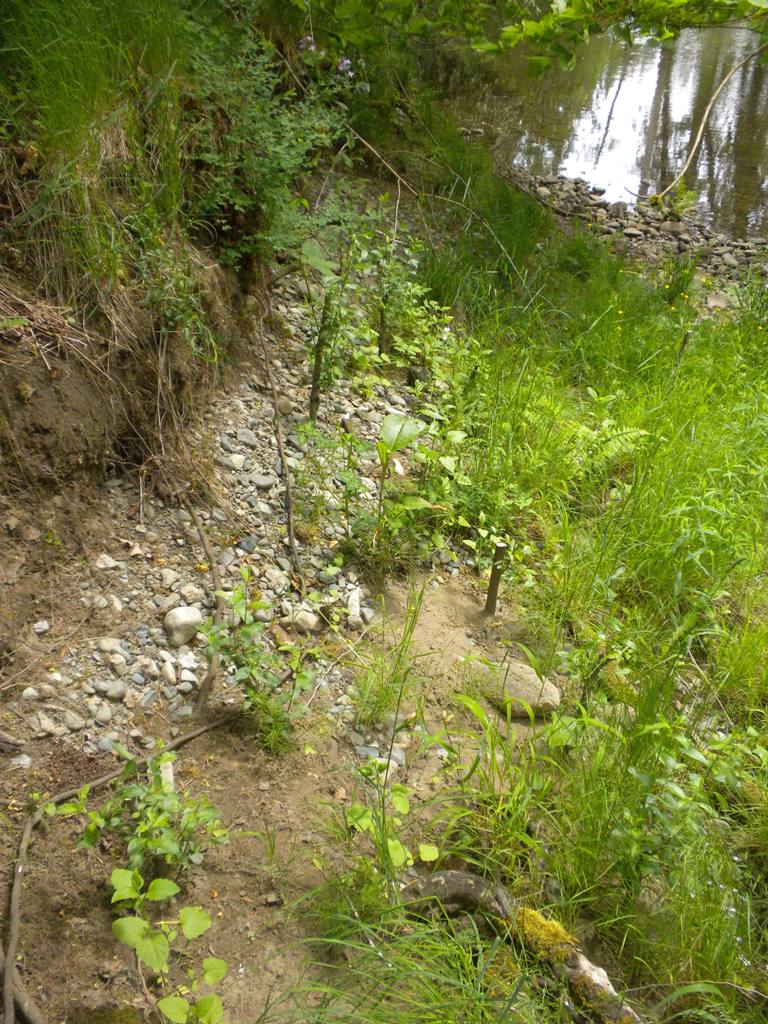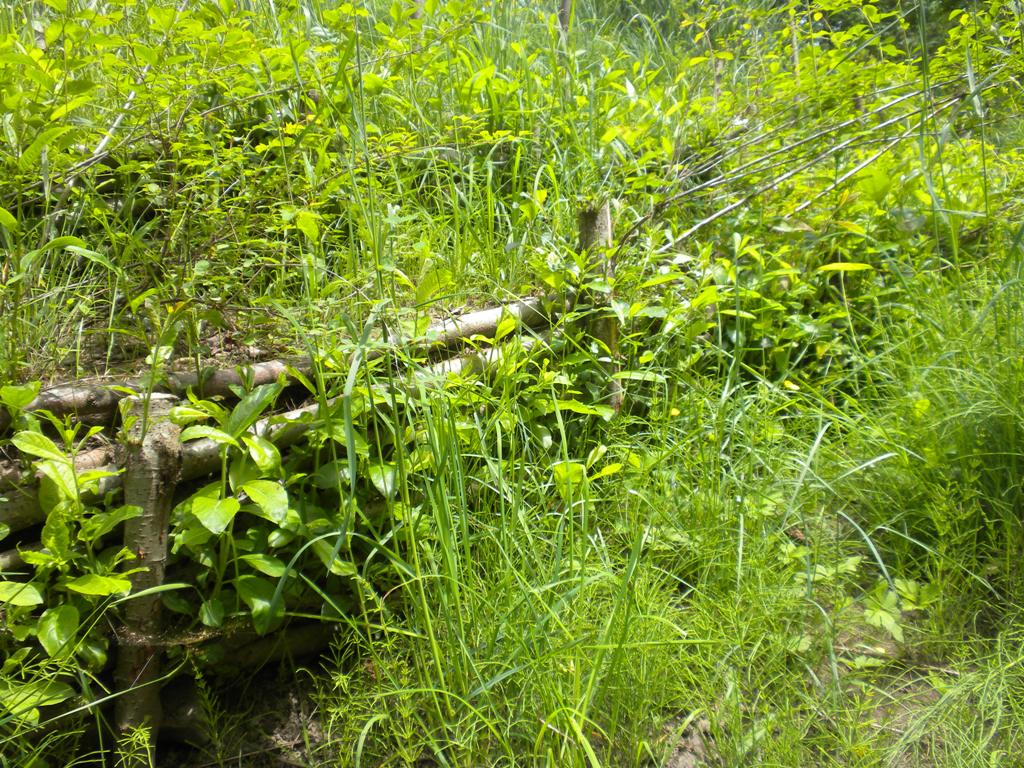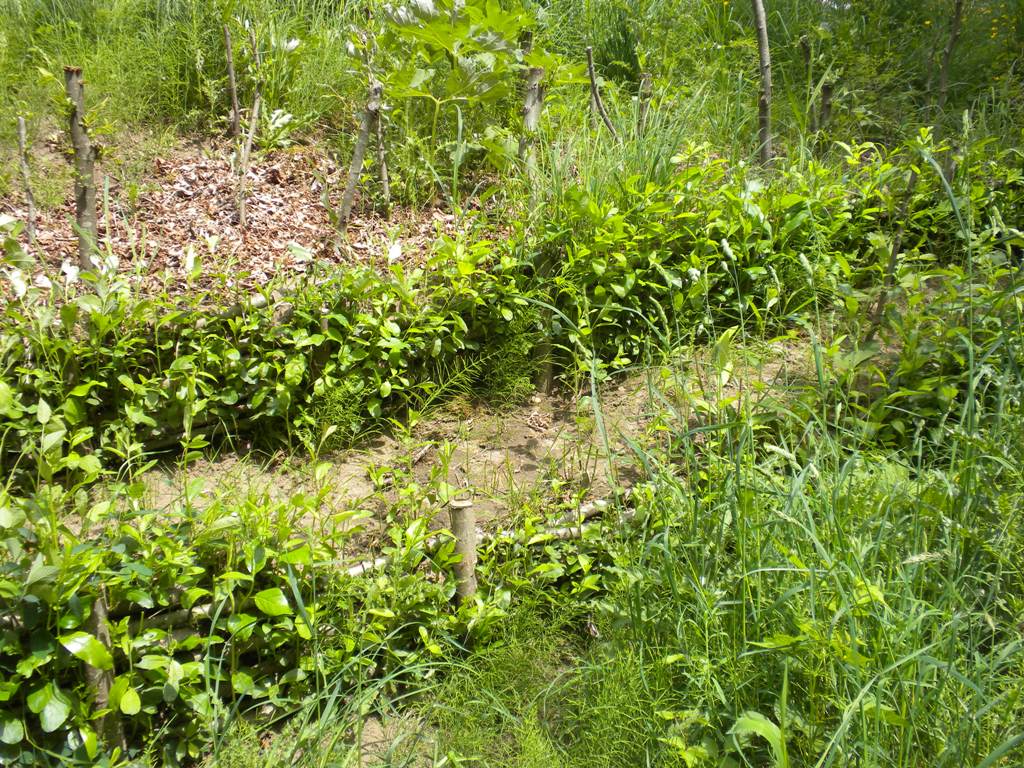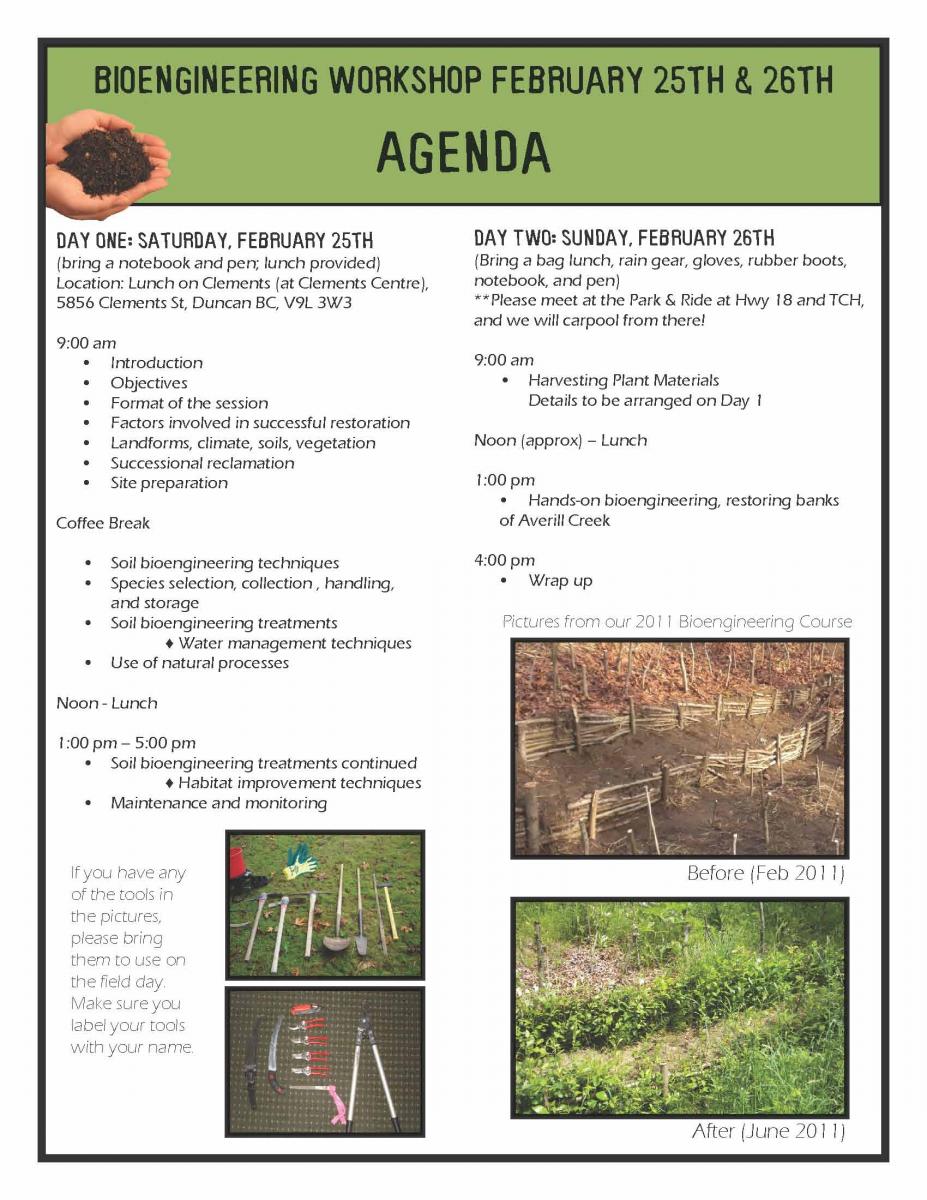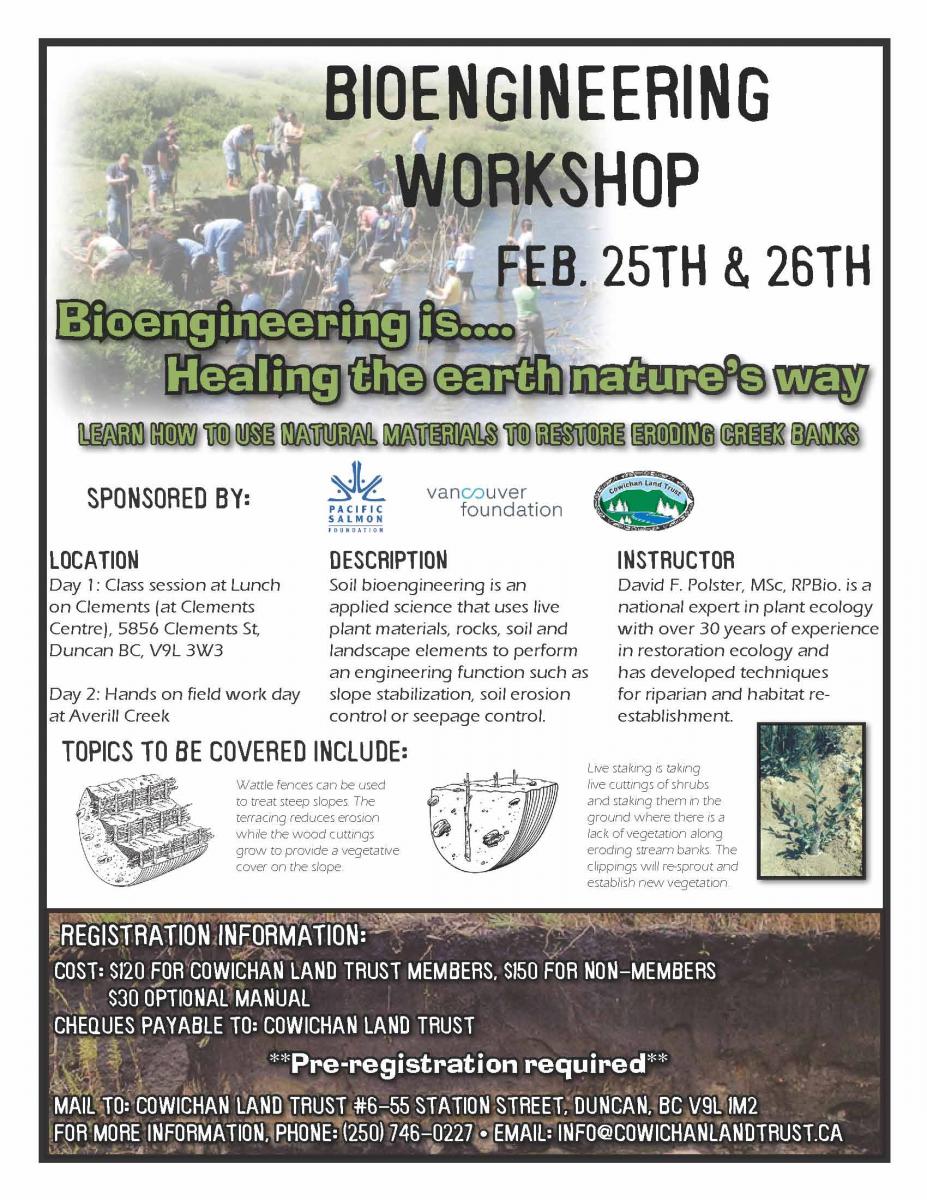2015 Workshop is November 23rd and 24th
The course is now full. Thank you for your interest.
Soil bioengineering is an applied science that uses live plant materials to perform an engineering function such as slope stabilization, soil erosion control, or seepage control. This two day course will focus on soil bioengineering techniques and options involved in restoration and reclamation of damaged ecosystems using a combination of structural materials, vegetative cuttings and other specialized methods.
Topics to be covered include:
- Factors involved in successful restoration
- Successional reclamation
- Soil bioengineering techniques
- Regional differences in climate, soils, hydrology, plant types, and growing seasons
- Maintenance and monitoring.
David Polster is a plant ecologist with over thirty years of experience in vegetation studies and reclamation. He has developed a wide variety of reclamation techniques for the re-establishment of riparian and aquatic habitats.
Participants will need to bring work clothes, gloves, work boots, rain gear,and an assortment of tools (shovels, loppers, adzes, etc., to be shared by the group; a list will be sent out beforehand). Eye protection is highly recommended as there will be people walking around with branches and sharpened stakes.
Who should attend?
Anyone wanting to learn more about restoration options with an emphasis on bioengineering techniques
This workshop is part of the Friends of Cowichan Creeks project which is working to monitor, protect, and enhance creeks throughout the Cowichan Region by facilitating the work of streamkeeper groups. This project is generously funded by Environment Canada’s EcoAction Community Funding Program, the Junior League of Greater Vancouver Legacy Fund, the McGill Family Fund and the Brink Family Fund. In addition, a small grant received by Pacific Salmon Foundation allows us to keep the registration fees for this course at a fraction of the actual workshop costs!
Pictures from our February 2012 workshop
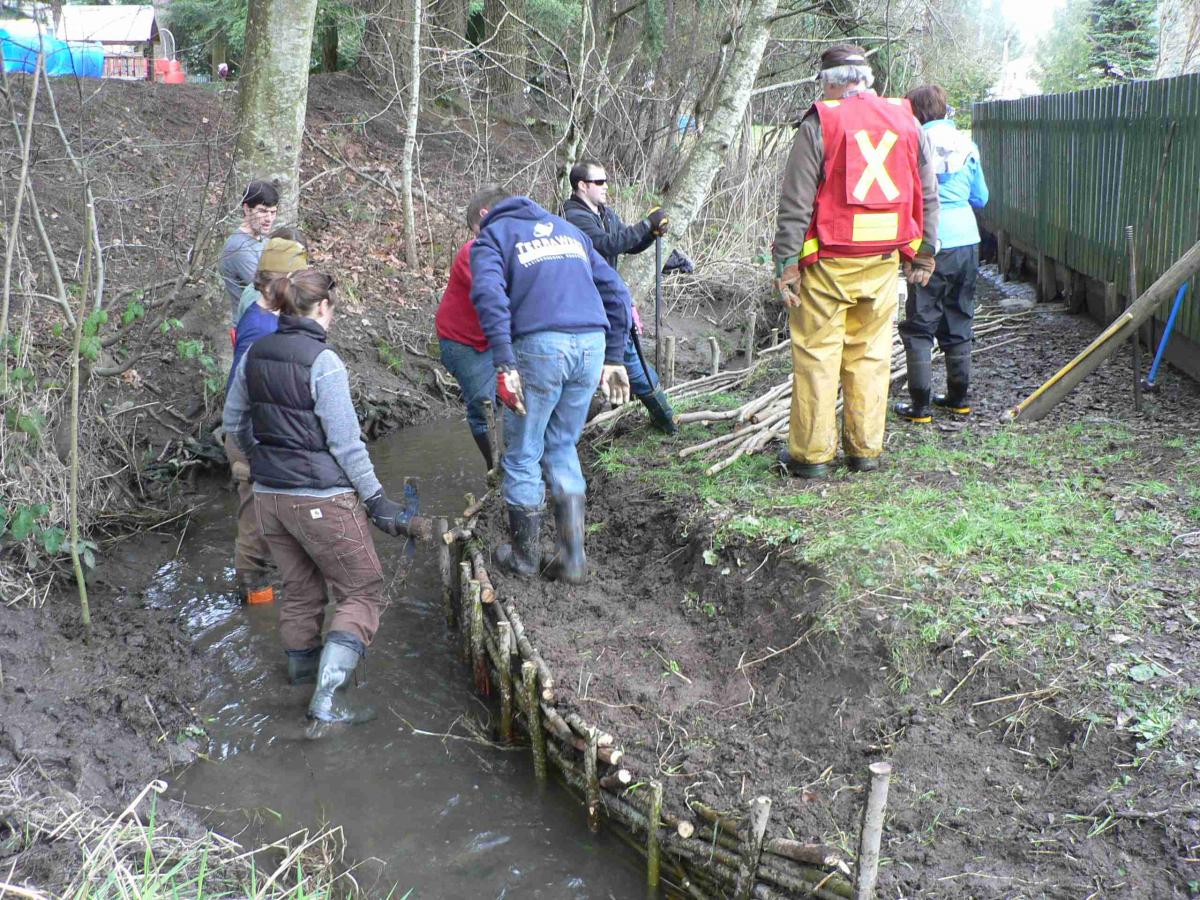 Building a wattle fence to help protect the bank
Building a wattle fence to help protect the bank
 We attracted a young helper to install live stakes
We attracted a young helper to install live stakes
 Pulling the dirt back to support the fence and keep the cuttings moist
Pulling the dirt back to support the fence and keep the cuttings moist
Pictures from our February 2011 workshop
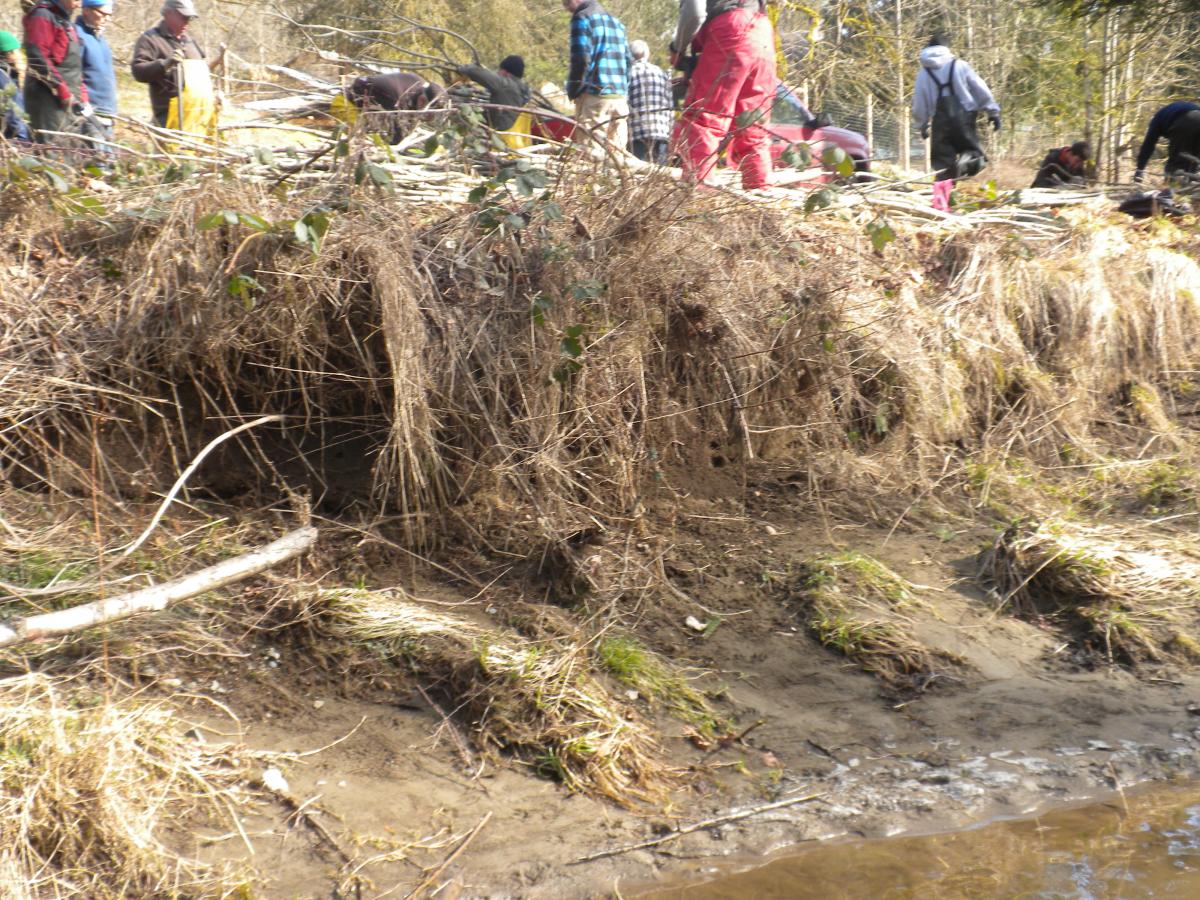 Before: River bank was getting undercut during high flow
Before: River bank was getting undercut during high flow
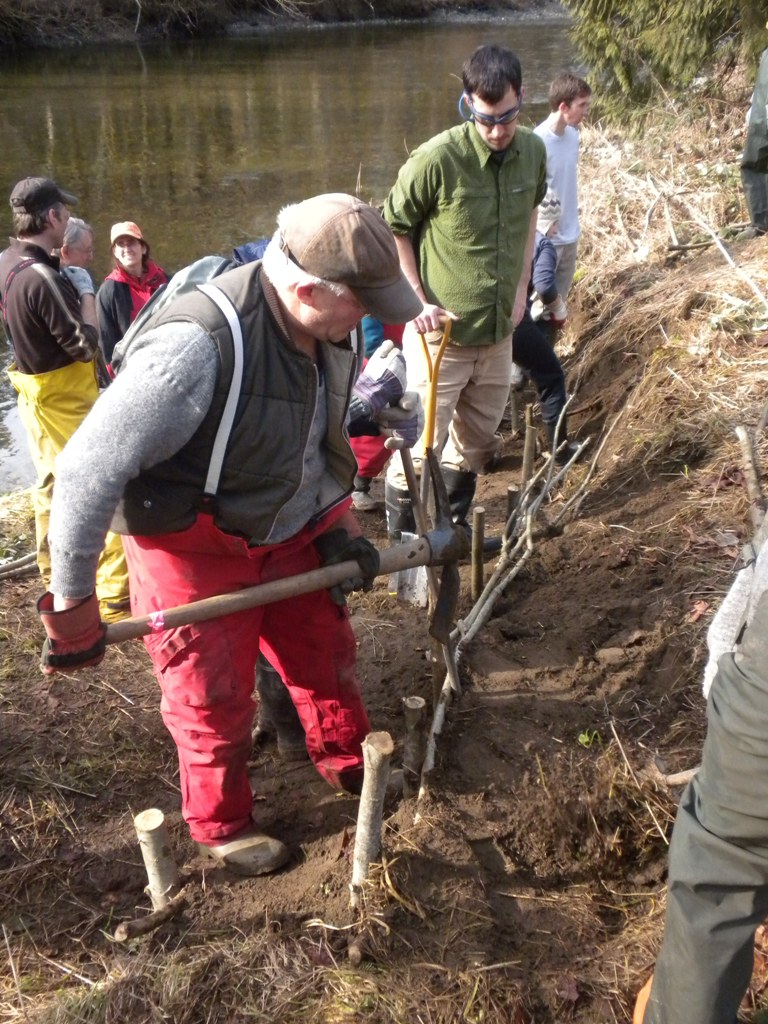 During: Willow “fence posts” go in for the wattle fence
During: Willow “fence posts” go in for the wattle fence
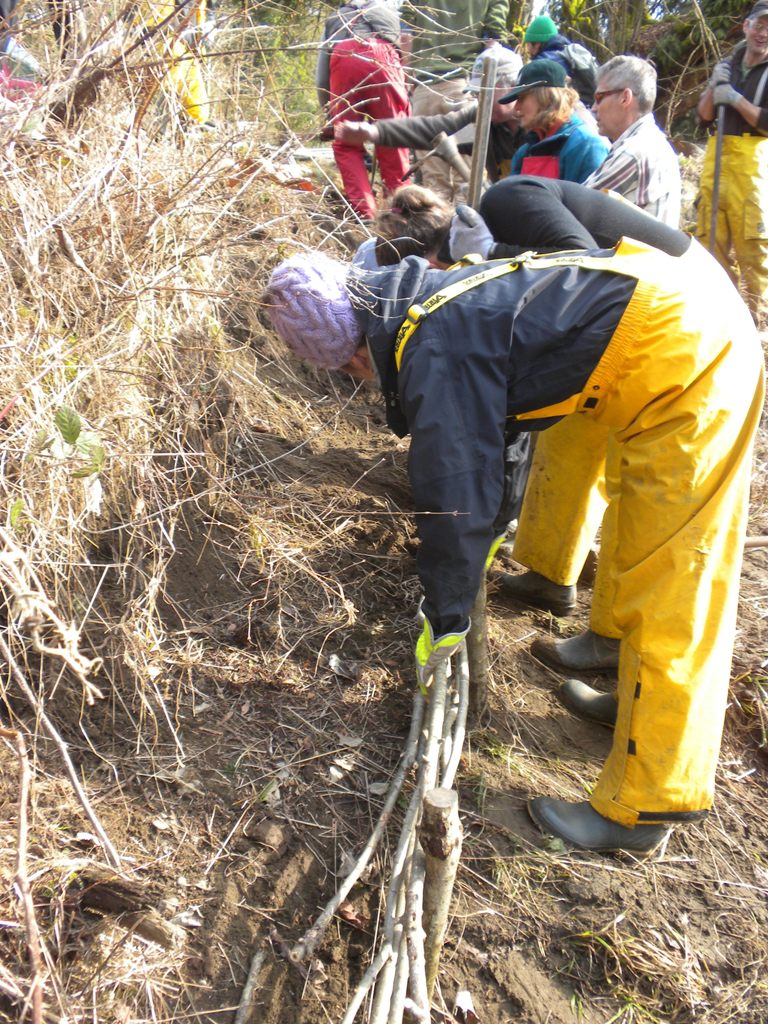 During: Long willows get placed horizontal to the bank for stability
During: Long willows get placed horizontal to the bank for stability
 During: Dirt gets dragged from above to protect the willow cuttings
During: Dirt gets dragged from above to protect the willow cuttings
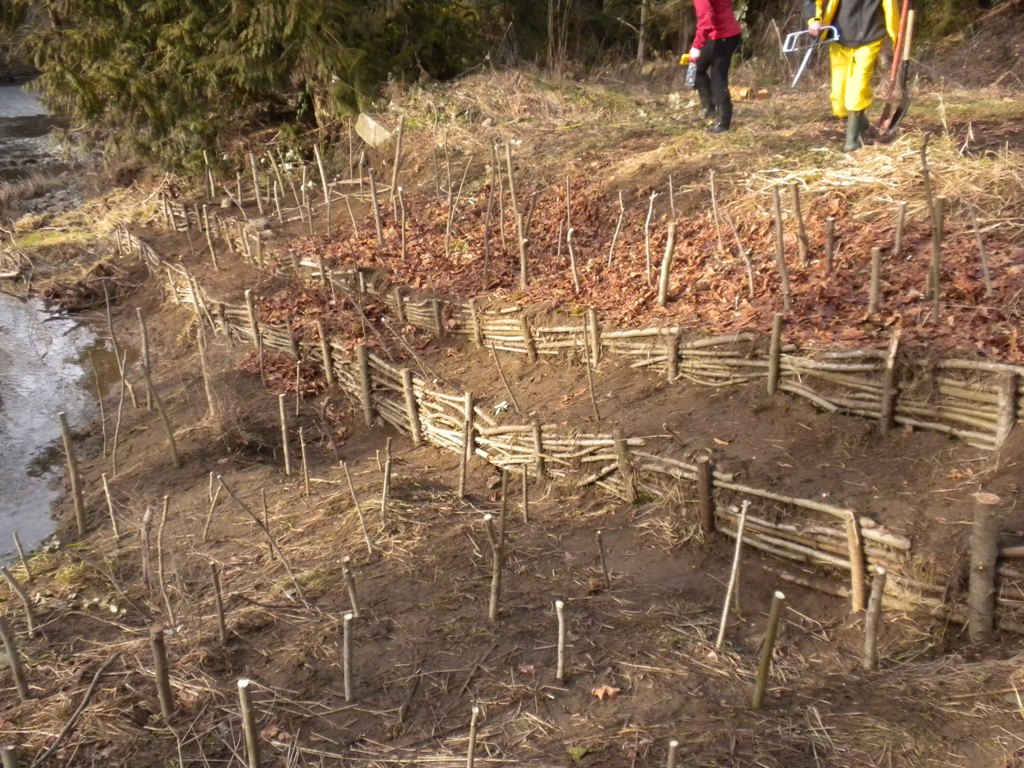 After: The wattle fence will provide stability to the bank due to the ability of the willow to root from cuttings.
After: The wattle fence will provide stability to the bank due to the ability of the willow to root from cuttings.
Photos taken again in June 2011 of the bioengineering site
